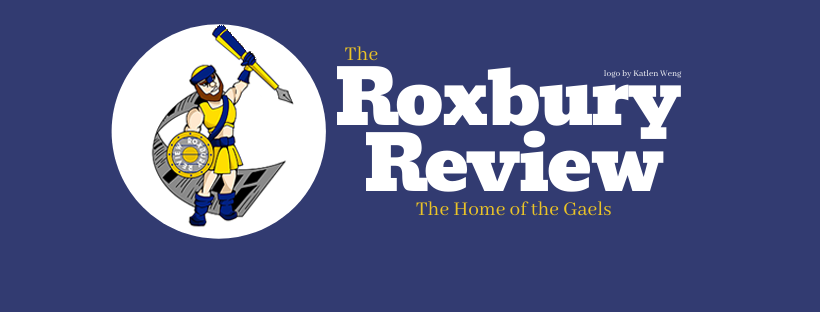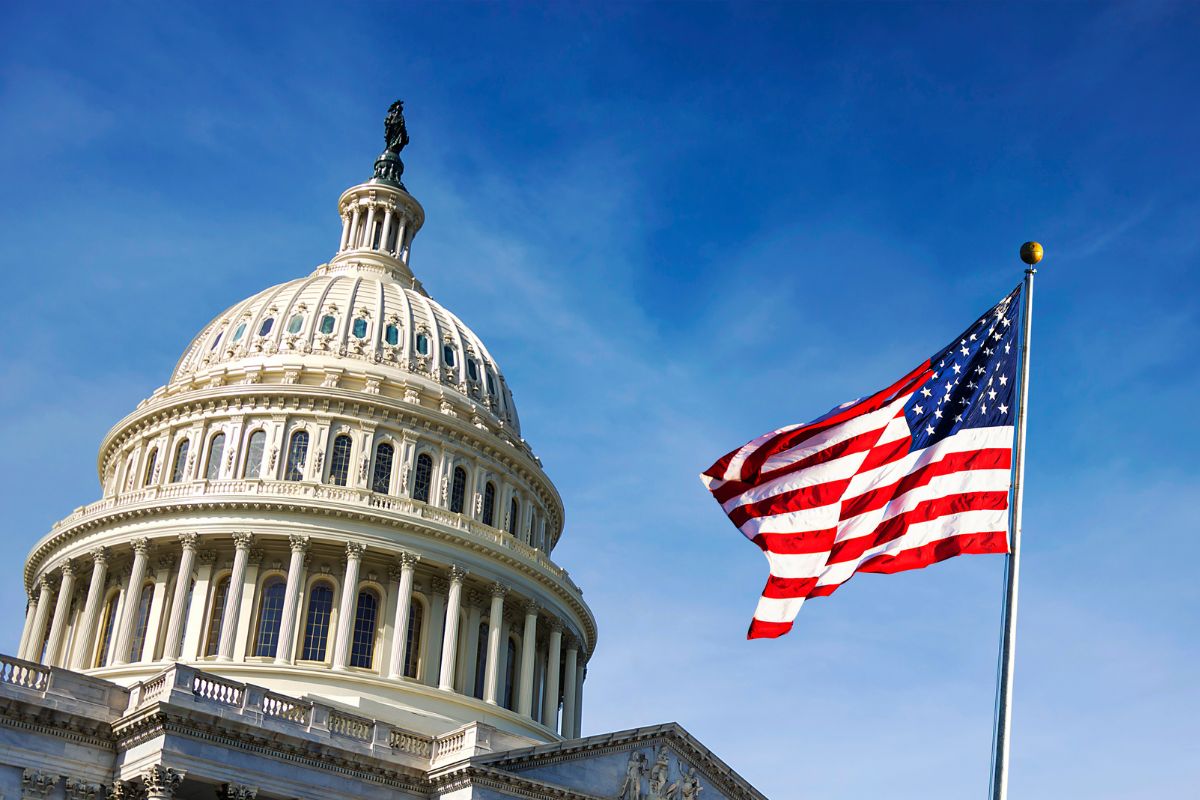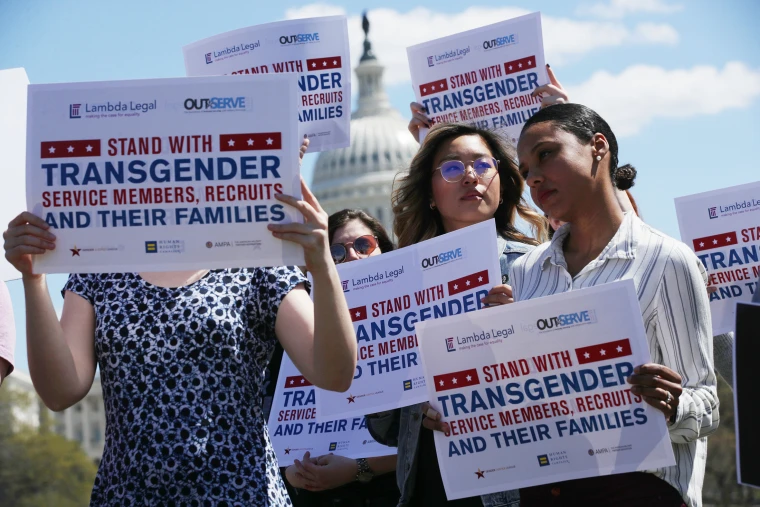Manifest Destiny is a term we have heard in classes and lectures ever since we were little kids. An early form of the American dream, embedded into our culture: we are destined by God to go and settle new lands that are untouched by man, expanding our country from sea to shining sea. Manifest Destiny is a thing of the past, right? For many decades, with the lower 48 being established and Alaska and Hawaii being admitted into the Union as states in 1959, where else is there for us to go? America has expanded to its limit, we have small territories all over, and 50 states. In recent years, people have taken it as jokes when politicians like President Donald Trump have teased the idea of purchasing new lands and/or expanding our country, but following the inauguration of President Trump, it has been talked about far more than ever before, which begs the question: is Manifest Destiny still possible?
Three places have been mentioned by President Trump, which will be listed and explained in order of how likely it is that the United States could purchase or take these lands: The Panama Canal, Greenland, and the least likely, Canada. All three of these places have ties and histories with the United States, and there are pros and cons for each of them. Each of these places poses a compelling benefit for the U.S. while also having some risks that we must keep in mind before we take action.
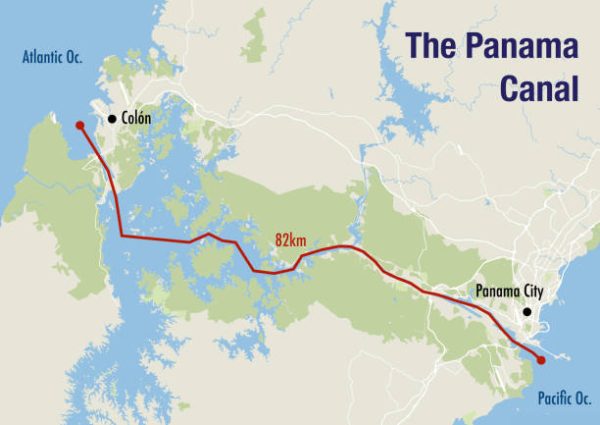
The Panama Canal
The Panama Canal is a massive artificial waterway that was constructed by the United States under 26th President Theodore Roosevelt at the turn of the twentieth century. France had previously attempted construction of the canal in 1881 but had failed and ceased progress by 1890; however, it was the United States who in 1904, under the Roosevelt Administration, restarted the project with major success, completing construction in 1914 (Office of the Historian).
The United States constructed the Panama Canal in its near-entirety. By completion, the project cost 500 million dollars (roughly 15.7 billion dollars in 2025 according to John McCuster of the American Antiquarian Society) and around 5,600 Americans lost their lives during the construction of this project (National Institute of Health).
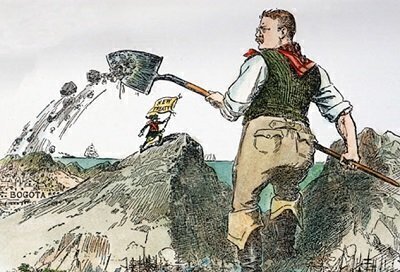
The United States ran and operated the Panama Canal up until the late 1970s when 39th President Jimmy Carter sold the Panama Canal to the Panamanians in 1977. Through the Torrijos–Carter Treaties, control of the canal would slowly be transferred to Panama, a process that was completed in December of 1999. The canal was given to the Panamanians under the condition that it be operated by Panama alone.
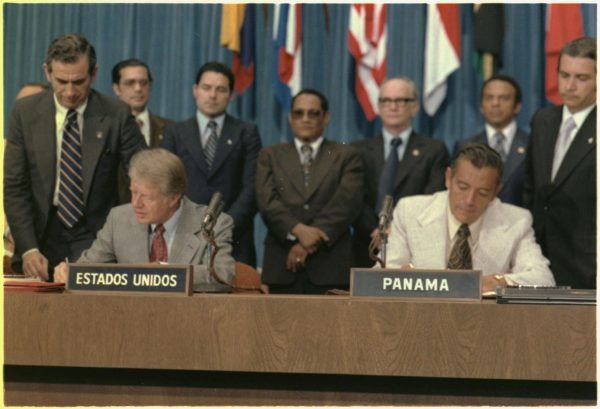
This brings us to the modern-day, where the ever-increasingly powerful country of China has been seeking global dominance. In the recent decade, China has invested resources and money through Chinese companies in the Panamanian region. Since 2013, China has been notorious for its so-called ‘debt-trap’ foreign policy. China will give large monetary loans to regions for projects such as constructing railways, bridges, roads, et cetera, and give them a sharp deadline for when to pay them back. When many of these countries inevitably fail to pay back in full, China will seek to enforce its repayment in other ways. This can involve taking control of key infrastructure projects, assets, or territory to secure repayment.
Although China has not yet used this strategy in Panama, it has invested money and companies into the region. For instance, the Chinese Hutchison Port Holdings has invested in the Panama Ports Company, which operates major ports along the Panama Canal. These types of investments give China strategic access to important transportation hubs, but they don’t directly equate to territorial control of the canal itself. So, while China does not have direct control over the Panama Canal, there has been increased tension between China and the United States; the recently elected President Donald J. Trump has raised concerns about imminent Chinese control over the Panama Canal and stated that, “we will take it back.”
The reason why the United States and President Trump are so concerned about this is that if the two nations were to get into a conflict of any sort, China could make Panama close the canal; if not, close the canal themselves to the United States which would severely impact the U.S. economy. With the canal being given to the Panamanians under the condition that it is not dominated nor operated by any other nation, President Trump has stated the Panamanians have violated the treaty and the U.S. should now take back the canal.
Greenland
Despite what the name may suggest, located far north of the U.S. in the Arctic Circle, Greenland is the world’s largest island that is covered with a thick sheet of ice all year around. Greenland is a self-governing country that is part of the Kingdom of Denmark. In 2019, before COVID-19, Donald Trump briefly expressed interest in purchasing Greenland, to which Denmark firmly stated no. However, President Trump, upon re-election, has stated once more that he wishes to make Greenland a part of the United States. The question is, why is he so adamant about taking control of Greenland?
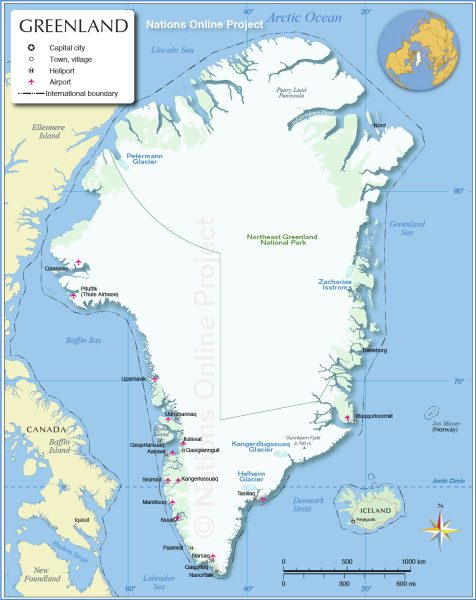
First, we should understand the history of Greenland to make sense of all the talks regarding the purchasing of Greenland. Greenland was first settled by Inuits around 2500 BC, around the same time the Pyramid of Giza was built. Greenland wasn’t discovered by Europeans until 980 AD when Norwegian Viking Erik the Red and his crew discovered the island. Norway would later be united with Denmark in the 14th century. In 1775, Greenland was formally declared a colony of both Norway and Denmark. In 1814, the Treaty of Kiel officially gave Denmark full control of Greenland (Museum of Danish America). Interestingly, though, the United States has far more ties and history with Greenland than you may think.
The Danish have always settled in parts of Greenland, but the United States in the mid-to-late 19th century had numerous explorers discover and explore many more places in Greenland. In 1867, American politician William H. Seward, the person who is often credited with encouraging the purchase of Alaska, also pushed for the purchase of Greenland while he was Secretary of State; this fueled the many expeditions the U.S. had to Greenland. From 1871 to 1873 in the Polaris Expedition, American Arctic explorer Charles Francis Hall and his crew were the first people to see Northwest Greenland, Hall would be among the many who would die during his expedition. Furthermore, while in the Navy, American explorer Robert E. Peary made four trips to Greenland, far more successful than his predecessor. Peary is also the person credited with being the first to reach the geographic North Pole, which is not far from Greenland (Britannica). Peary and Hall are two explorers who exemplify some of the extensive history the U.S. has with Greenland.
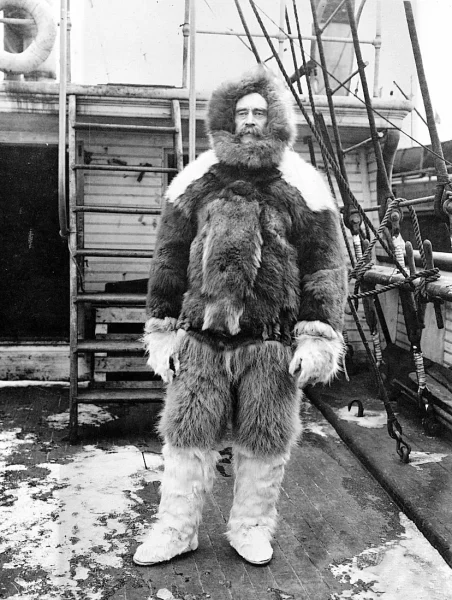
However, the U.S. was required to recognize Danish control of Denmark when the U.S. was interested in purchasing the Danish West Indies from Denmark (modern-day Virgin Islands) in 1917 under President Woodrow Wilson. As Peary was still alive, he staunchly opposed America recognizing the Danish claim over Denmark as he discovered much of the island and he cited the Monroe Doctrine which states, “The American continents … are henceforth not to be considered as subjects for future colonization by any European powers.” Peary then suggested, instead, that the U.S. should purchase the Virgin Islands outright rather than receiving the islands in exchange for recognizing the Danish claim of Greenland. The United States, despite Robert Peary’s opposition, recognized Danish control of Greenland to receive the Virgin Islands.
Most notably though, in 1940, Denmark was invaded by Nazi Germany in WWII and therefore could not protect Greenland. Hence, the United States had to defend Greenland as if it were its own to prevent Nazis from having access to the Arctic. From the early 1940s to 1951 the United States maintained its possession of Greenland, as it was seen (along with Iceland) as a critical defensive position of Canada and the United States by NATO. In 1951, though, despite the United States once again attempting to purchase Greenland from Denmark (despite having full control of it) was denied and peacefully gave the island back, but the United States “accepted the legal obligation to defend [Greenland] against any attack.” The United States continues to maintain one military base on Greenland, while the remainder of the many other bases are now abandoned.
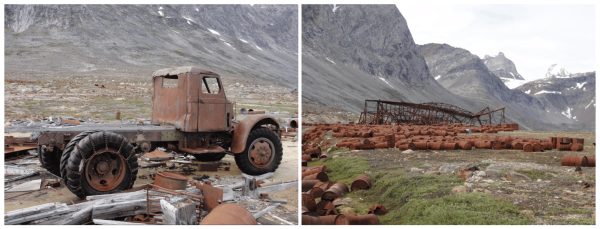
Since then, American desires for Greenland have been waning, which brings us to now. In 2019, President Trump teased the idea of purchasing Greenland but dropped the idea once the COVID-19 pandemic spread throughout the world. President Trump brought the idea up once again following his victory in the 2024 Presidential Election and has been more serious about it than ever before. The attainment of Greenland could provide some serious advantages for the United States more than the status quo could ever provide. Greenland is a beautiful, untouched icy landscape, which could provide an easy way for Americans to tour and an excellent base for American scientists to learn more about the Earth given that Greenland is a one-of-a-kind landform and is, again, untouched.

Tourism and science are just two benefits that would come with the primary benefits which are as follows: better national security, strategically improved control over the Arctic, and natural resources. In recent years, China and (especially) Russia have expanded their influence in the Arctic circle, investing in technologies and bases dedicated to the region. Due to melting ice sheets, the two powers are anticipating more access to the Arctic Circle which could put the U.S. and Canada in a vulnerable position as Russia (and therefore China given their alliance) would have an easy and quick route straight to the U.S. This combined with Chinese influence over Panama incentivizes President Trump to wish to take over Greenland, as with our allies Canada and Iceland and the state of Alaska combined with American control of Greenland would build a massive wall across the Arctic that could prevent our adversaries from having easy access to the Atlantic Ocean to put Western Europe and North America in a vulnerable position.
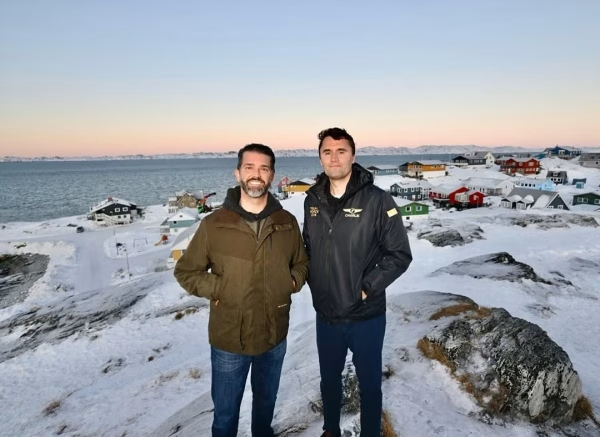
Furthermore, this advantage is a double-edged sword as it would also provide the U.S. and the West with extremely advantageous control over the Arctic and any trade routes which not only would mediate any Russian or Chinese expansion, but also provide a source of income and power to the U.S. and its allies. The United could also use Greenland’s plentiful amount of natural resources to further benefit the economy and self-dependency. According to the Greenland Institute of Natural Resources, “The Greenland subsoil contains a variety of valuable minerals, rare earth metals, precious metals, precious stones, coal, graphite, and uranium” and according to Newsweek, “A 2007 estimate from the U.S. Geological Survey suggests that Greenland contains approximately 31.4 billion barrels of oil equivalent, including oil, gas and natural gas liquids.” Greenland is also rich in gemstones, when Turning Point USA founder Charlie Kirk joined Donald Trump Jr. on a trip to Greenland in early January 2025, they heard stories from locals about them finding “rubies the size of golfballs” and “not allowed to sell it.” These massive gems are not just folk-lore, according to the Geological Survey of Denmark and Greenland (GEUS), Greenland is rich in many rare and beautiful rocks and gems.
It’s also important to keep in mind that Greenland is a massive island that is covered in ice, scientists don’t even know what else could be hiding under that thick sheet of ice, there is far more to discover. However, given that Denmark lacks the resources to extract and discover more resources combined with restrictive policies Greenland is unable to take advantage of its many resources Greenland is not able to harness its full potential of selling natural resources which, according to President Trump, the United States can provide. If Greenland were to be controlled by the U.S. Greenland would be able to sell these natural resources and have far more protection and advantages than the U.S. provides, along with the possibility of an increased population and more benefits.
The attainment of Greenland will be no easy task, whereas, with the Panama Canal, we have a far more apparent claim. The majority of Greenlanders have stated that they no longer wish to be a part of Denmark in favor of being independent, and a sizeable amount are allegedly interested in the idea of joining the United States. The Prime Minister of Greenland, Múte Egede, has stated, “We don’t want to be Danes. We don’t even want to be Americans. We want to be Greenlanders … but we want a strong cooperation [with the Americans].”
CBS released a poll on January 29, 2025, alleging that 85% of Greenlanders do not want to be a part of the U.S. with the remainder being undecided or interested. Despite this, the same poll with a sample size of 497 respondents 18 years and older between January 22 and 26, with a margin of error of between 1.9 and 4.4 percentage points stated that 43% of the Greenlanders surveyed saw Trump’s interest in the island as an opportunity and 45% of respondents see Trump’s interest as a threat, with the remaining 12% undecided.
If America were to take Greenland it would not be through Denmark, but through the consent of the Greenlandic people. At the end of the day, where it may not be as likely for the U.S. to take Greenland, it is all but guaranteed the U.S. will continue expanding into the Arctic and get more involved with Greenland. Only time will tell what will happen to the relationship between Greenland and the United States.
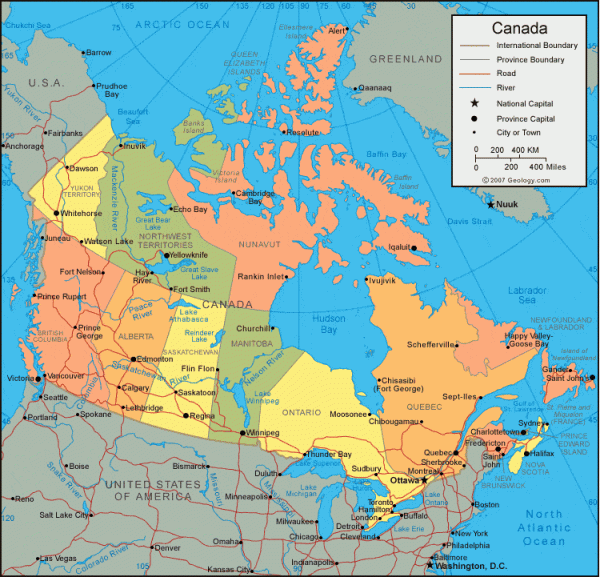
Canada
Whereas the absorption of the Panama Canal and Greenland seems very potential, many have raised eyebrows when President Trump talked about making Canada ‘the fifty-first state.’ Canada has a long history with the United States, as in the late 1700s, modern-day Canada was comprised of numerous colonies, just as the U.S. was.
However, according to President Trump’s book, The Art of the Deal, you should always ask for more than you actually want so you can negotiate it down to what you want–if not get more. Although it’s not impossible for the U.S. to annex, it is not very likely as both Prime Minister Trudeau and his opponent, Conservative Party Leader, Pierre Polievre, stated that they will not have Canada incorporated in the U.S. and would rather have better cooperation. With the fact that 71 percent of Canadians are “absolutely against” the prospect of joining the U.S. according to Abacus Data, the President and the U.S. likely have something else in mind.
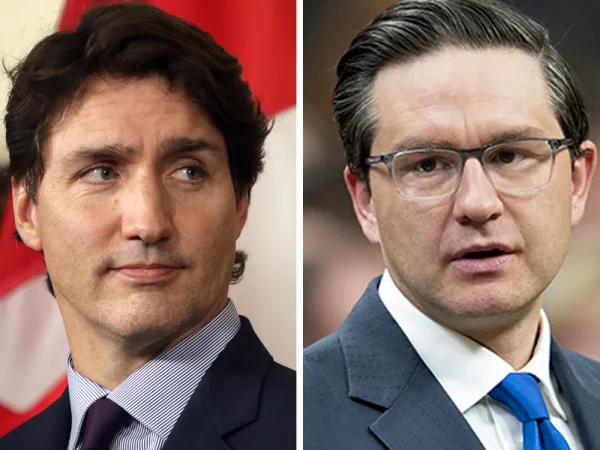
The new administration has teased that they wish to have more economic cooperation with Canada. Meaning, that while Canada and the United States would remain two separate countries; they would be tied economically. This is all we have heard officially from the new administration, but one can speculate that although many think the idea of absorbing Canada is outrageous, an improvement in the relationship between the two countries could benefit both. The United States is likely looking into forming stronger ties with Canada because it could benefit both nations, the U.S. could give Canada a much stronger economy and military protection from the U.S. could gain easier access to the northern-most parts of Canada which would provide similar protection as the annexation of Greenland would. Only time will tell.
Conclusion
The United States has a history of its adventurous and persistent spirit, as over a century ago many Americans explored the wilderness of the West and expanded the nation from sea to shining sea. Although it has been well over a century since this last happened, expansion has not always been a negative thing, with Alaska and Hawaii being prime examples of it. The return of the Panama Canal to American hands and the potential absorption of Greenland into the U.S. alongside increased ties with Canada could all pose major benefits if they are done correctly.
